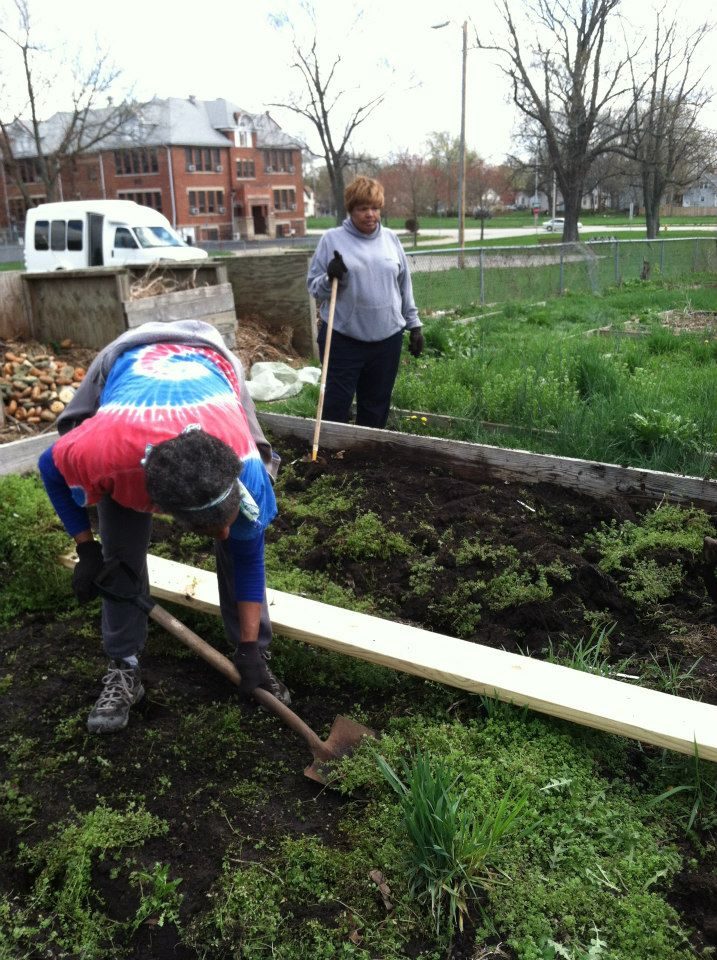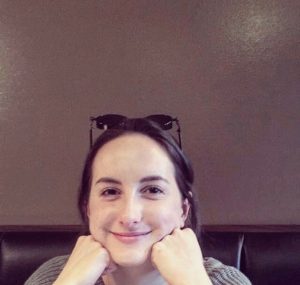
By Molly Zupan, representing UIUC Urban Planning 478 Spring 2019 students
This spring semester, a group of urban planning and architecture students from the University of Illinois at Urbana-Champaign have collaborated on creating visual, physical and written representations of the public history and urban landscape of the Champaign-Urbana area, and of the residents that live, work and play beyond campus boundaries. This is our call to action.
Facilitated by Professor Ken Salo, of the Department of Urban and Regional Planning, our class dove into the cultural, political and historical dynamics that lie beneath the Champaign-Urbana community and continue to impact how it is structured today, as well as the daily lives of its residents.
We have learned from residents about the past, present and future of the C-U area. From the memories and perspectives derived from interviews with local influencers, our class has developed ideas that we hope can help in the preservation of the public history of the C-U area beyond the University, and in communities with similar struggles, for the sake of future generations and memorializing public history and struggle. We want to strengthen community representation to ensure that its history of segregation and disparity is not forgotten.
With community representation and inclusivity in mind, we have proposed the creation of a memorial site to recognize the work and struggles of past residents, and to highlight the underlying injustices that are present in C-U communities and how certain grassroots efforts collaborate to combat such issues.
Our Foundation
Our class studied ideas from Delores Hayden, an urban historian, who argues that communities and professionals should strive to preserve historic urban landscapes, especially of racially segregated and working-class neighborhoods, for the sake of maintaining and supporting public memory—whether those memories are positive or negative.
We recognized that the issues of food injustice and the segregation of the formerly incarcerated are very much present in C-U communities, and that they are intertwined in the way that they hinder the potential and well-being of residents.
Food Injustice with Mother Dawn Blackman
The Randolph Street Community Garden is located at 1001 N. Randolph Street, and provides local residents with the opportunity to both grow and purchase healthy produce, and to gain experience in gardening and healthy eating. These opportunities are otherwise limited, due to the lack of grocery stores and healthy foods on the northern side of Champaign.
Mother Dawn Blackman is intensely dedicated to the garden and to the community, and has been influential in community connections and development.
Blackman’s public garden is representative of a space that is needed in urban communities, to promote unity, learning and productivity. These spaces are especially needed in communities that tend to be overlooked due to the dominating presence of large institutions, such as the University, that the C-U area is known for. In an interview with Blackman, she stressed two existing dynamics: “There’s a relationship between the community and the University, town and gown. And then there’s a relationship between the African American community and the University.”

She went on to discuss the segregation that existed during the 1960s, when African American students were restricted to off-campus living. During that time, the north side of Champaign lacked supermarkets, restaurants and resources for fresh produce—as it still does today. Although legislative and policy-enforced segregation no longer exists, its impacts and the stigmatization that carried it along remain.
Due to disparities that aren’t always visible to the naked eye, students living on campus at the University of Illinois, just blocks away from low-income communities, have notably more abundant access to food. And the options are not limited, which is obvious by walking the length of Green Street in Campustown. Great inequalities exist in the C-U area; they come in various forms and far too many locals are familiar with them. Efforts such as the Randolph Street Community Garden function to relieve the community.
Modern Segregation with Chris Miner
Chris Miner, a representative of FirstFollowers, TIME Scholars and the Education Justice Project, shared with our class his experiences with the prison system. These organizations advocate for the formerly incarcerated, and work to support and guide them, their loved ones, and the entire community. The programs each provide their own unique assets with overarching goals of increasing accessibility to higher education and resources to formerly incarcerated individuals, to break the cycle of recidivism (returning to prison).
Miner grew up in Champaign, and knows well the barriers that exist upon reentering a community after prison. Employment, housing, and education are realms in which the formerly incarcerated are often forced to disclose past mistakes on applications and personal documents. This reinforces stigma and limits their ability to move forward. Miner provided much insight and detail on incarceration in Illinois, based on personal experience. He discussed his difficulty finding employment, financial stability and solid ground after a year of prison time for drug-related charges.
Eventually, he enrolled at Parkland College and eventually earned a Bachelor’s degree in Political Science. He is currently pursuing a Master of Social Work degree at UIUC, and is expecting to graduate in May. Since then, Miner has become involved with organizations such as FirstFollowers and TIME Scholars. “There is a lot of stuff I can’t tell you, because those stories belong to those people,” Miner said. He did, however, share a story of a black individual who had to complete extensive extra requirements, such as essays, to apply as a formerly incarcerated individual to the University.
This demonstrates the types of barriers that exist for people upon release from prison. On top of experiencing difficulties finding resources and opportunities for education or employment, formerly incarcerated people are also impacted by stigmatization, and the specific food insecurity that exists in their neighborhoods in the C-U area. Miner’s experience with incarceration has given him strength and perspective, and he recognizes that he is fortunate as a white male. In regards to targeted incarceration in the area, Miner said, “racialization is huge, you can’t deny it.”
Grassroots efforts and shared stories are essential for progress in regards to incarceration disparities amongst races, because they represent the community much more than the impacts made by standard policies and legislation.
Institutional Power
An essential focal point throughout our project has been the complex and multifaceted relationship that exists between Champaign-Urbana communities and the University of Illinois. As students of urban studies, we have learned that institutions are frequently overbearing, dominant sources of power and rulemaking; the C-U area is a prime example of this reality. As institutions, such as the University of Illinois or the prison system, establish standards and regulations, it is essential for urban spaces to remain attentive to the parts of our communities that offer and represent public history, collective memory and shared struggles. Without these spaces, we become lost in regulation, and senses of community can be lost as well.
The biggest takeaway from this extensive project has been that locals beyond the University have struggled, and continue to struggle, with intertwining injustices that need recognition and attention. Champaign-Urbana is rich in culture, history and meaning, and that should not be ignored. The University is a big part of this community, but it should not be held above surrounding communities. Institutions can bring productivity, employment and economic gain, but communities are better at bringing people together, to cultivate and maintain culture, public memory and human spirit. And, they should not be pushed aside.
The author and her classmates have developed an interactive website about this project, which features interviews, photos and more. (Due to University requirements, a UIUC login is required to access the site.) A “Memorial Wall” was designed for the Randolph Street Community Garden, which will potentially be built in the future to represent influential members of the community who have passed.

Molly Zupan is a junior at the University of Illinois at Urbana-Champaign, studying Urban Studies and Planning, and Sociology. Molly plans to work towards progressive efforts of social justice and community development on the southeast side of Chicago after graduation.
